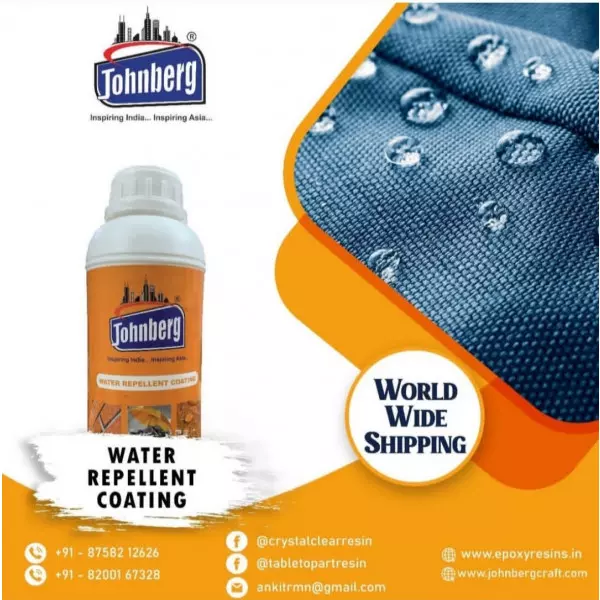Water Repellent Additive In Punjab
Details of Water Repellent Additive
Water-repellent coatings are specialized surface treatments applied to materials (such as fabric, concrete, glass, wood, or metal) to make them resistant to water penetration. These coatings create a hydrophobic (water-repelling) layer that prevents water from soaking into the material while often maintaining breathability or permeability to air and vapor.
1. Types of Water-Repellent Coatings
Based on Chemistry:
Silicone-Based Coatings:
Common for textiles, glass, and masonry.
Provide excellent hydrophobic properties.
Long-lasting and UV-resistant.
Fluoropolymer-Based Coatings (e.g., PTFE):
Very effective for both water and oil repellency.
Often used in high-performance fabrics (e.g., Gore-Tex).
Expensive and may raise environmental concerns.
Wax-Based Coatings:
Traditional and natural solution (e.g., beeswax or paraffin).
Often used on canvas, leather, or wood.
Needs reapplication over time.
Nanotechnology-Based Coatings:
Use nanoparticles (e.g., silica or titanium dioxide) to create an ultra-thin, invisible hydrophobic layer.
Superhydrophobic (contact angle >150°).
Used on glass, electronics, clothing, etc.
Based on Application Surface:
Textiles & Clothing: DWR (Durable Water Repellent) coatings.
Concrete & Masonry: Silane/siloxane sealers.
Glass: Nanocoatings (e.g., for self-cleaning windows).
Wood: Oil- or resin-based sealants, clear or tinted.
2. Working Mechanism
Water-repellent coatings function by modifying the surface energy of the material. When a surface has low energy, water cannot spread over it and instead beads up and rolls off.
Contact Angle: A key indicator. Surfaces with contact angles >90° are hydrophobic; >150° are superhydrophobic.
Lotus Effect: Mimics the structure of lotus leaves where micro- and nano-scale roughness traps air and repels water.
3. Key Properties
Hydrophobicity (water repellency)
Breathability (important for fabrics)
UV resistance (for outdoor use)
Abrasion resistance
Transparency (for glass and electronics)
Anti-fungal/anti-mold (for porous surfaces like concrete)

